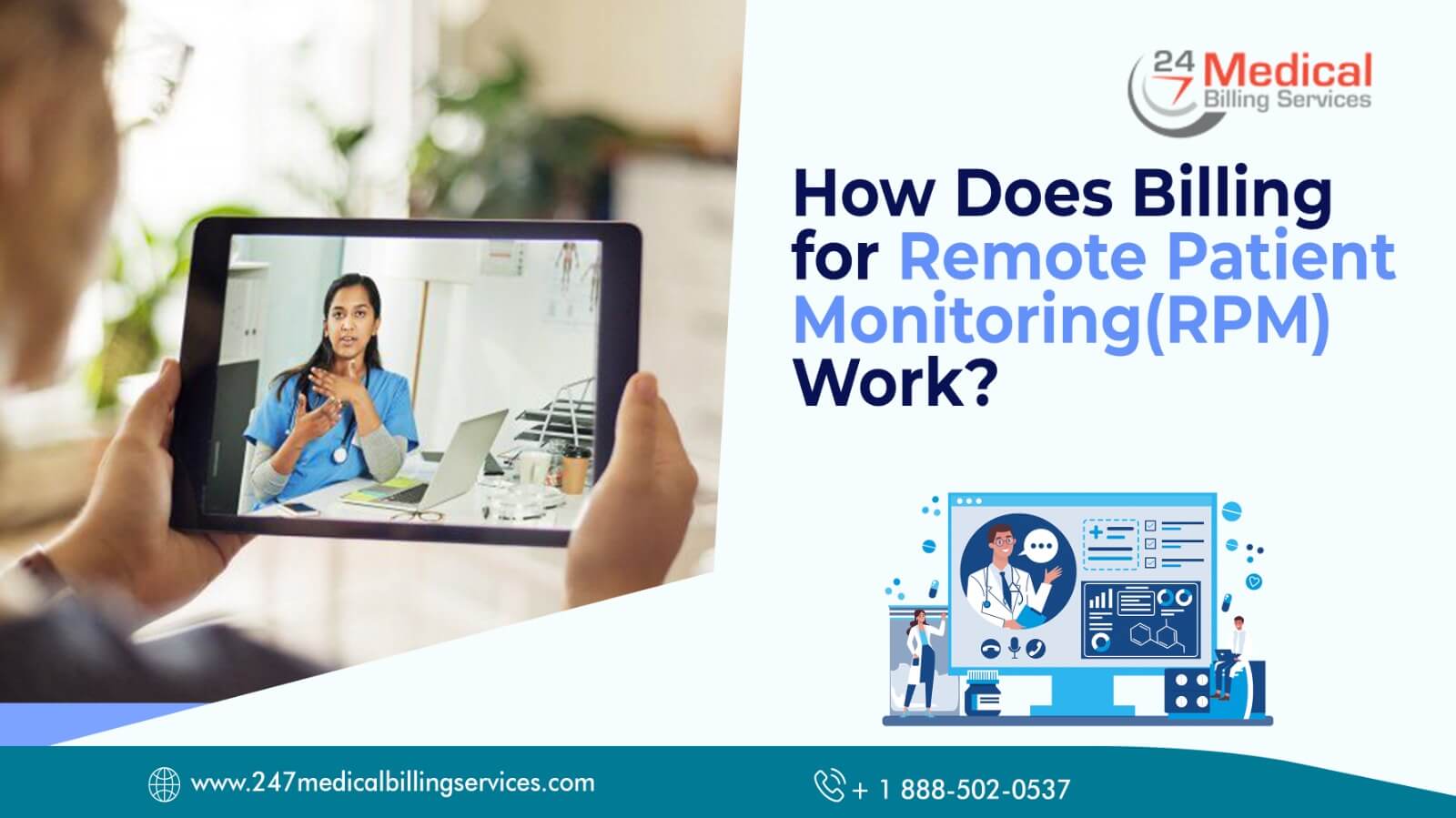
How Does Billing for Remote Patient Monitoring (RPM) Work?
Remote patient monitoring has gained popularity over the last decade but has increased significantly during the COVID-19 pandemic. Indeed, remote patient monitoring is the fastest-expanding area in healthcare, with a growth rate of nearly 1900% in just two years. This is backed by modifications to Current Procedural Terminology (CPT) codes in 2020, which allowed healthcare providers to be reimbursed for implementing and executing RPM in their medical facilities.
Remote Patient Monitoring (RPM) vs. Telehealth
RPM is seen as a subcategory of telehealth. The term 'telehealth' can apply to RPM, but it can also refer to a variety of other sorts of remote healthcare services. RPM uses a device to interact with patients outside the provider's organization. The use of electronic information and telecommunications technology to assist long-distance clinical treatment, public health, patient and professional health-related education, and health administration is known as telehealth.How to Billing for Remote Patient Monitoring (RPM)?
Documentations Required
There are a few things to keep in mind for healthcare providers who want to bill and get reimbursement for RPM services. To begin, RPM is a monthly-billed program, and patients must get at least twenty minutes of therapy per month to qualify for Medicare payment. This period may include remote monitoring, interactive communications, and data reporting.A physician or certified healthcare professional must also order RPM Billing services. A certified nurse specialist, nurse practitioner, or physician assistant may be included. In some RPM programs, a care coordinator or nurse may conduct the initial review, who will subsequently consult with a physician for final interpretation and action.
To document CPT 99453, the following should be included:
- Practitioner order for device deployment;
- Device identification;
- Condition(s) of monitoring the patient
- Delivery date to the patient of the device; and
- Training date(s) to the patient.
- Common CPT Codes
- Initial device setup
- Providing care to a patient
- Patient uses RPM devices on a daily basis.
| CPT CODE | BILLABLE EVENT OR TIME | REIMBURSEMENT RATE |
| 99453 | Initial setup and patient education on equipment usage | $ 20 |
| 99454 | Monthly monitoring of daily device recordings (16 days/month) | $ 56 |
| 99457 | Treatment management and monitoring, including HCP-patient interactions (20 minutes/month) | $ 52 |
| 99458 | Code for additional 20-minute increments of treatment management and monitoring per month | $ 40 |
The first approach to bill for remote patient monitoring was with CPT code 99091. Due to the availability of the newer codes stated above, their limitations and requirements have made them infrequently reported in recent years. However, the final regulation for the 2021 Medicare physician fee schedule may modify the frequency with which CPT 99091 is reported, as CMS now allows billing the code with newer codes.
In other words, healthcare providers can claim for "complex" RPM management if they must spend significant time managing the patient and their RPM care plan. CMS further said that when such complicated provider management happens, 99091 can be invoiced every 30 days without compromising the practice's ability to bill medical staff time via CPT 99457 each calendar month.
Other Billing Requirements
- Chronic and acute health patients now qualify
- Ensure patients know how to use devices
Outsourcing the Remote Patient Monitoring (RPM)
RPM is a healthcare technique that is gaining popularity in the United States. Remote patient monitoring (RPM) enables doctors and other healthcare practitioners to monitor their patient's vital signs and health data remotely. This type of technology has been found to help cut healthcare expenditures by lowering hospitalizations and ER visits.RPM can be used to track a range of health issues, such as heart failure, diabetes, and asthma. RPM can also be used to track patients who have just been released from the hospital. Healthcare providers can detect problems early and intervene before they become serious by using RPM. All these benefits can better be availed by outsourcing the Remote Patient Monitoring (RPM) to 24/7 Medical Billing Services.


.png)
